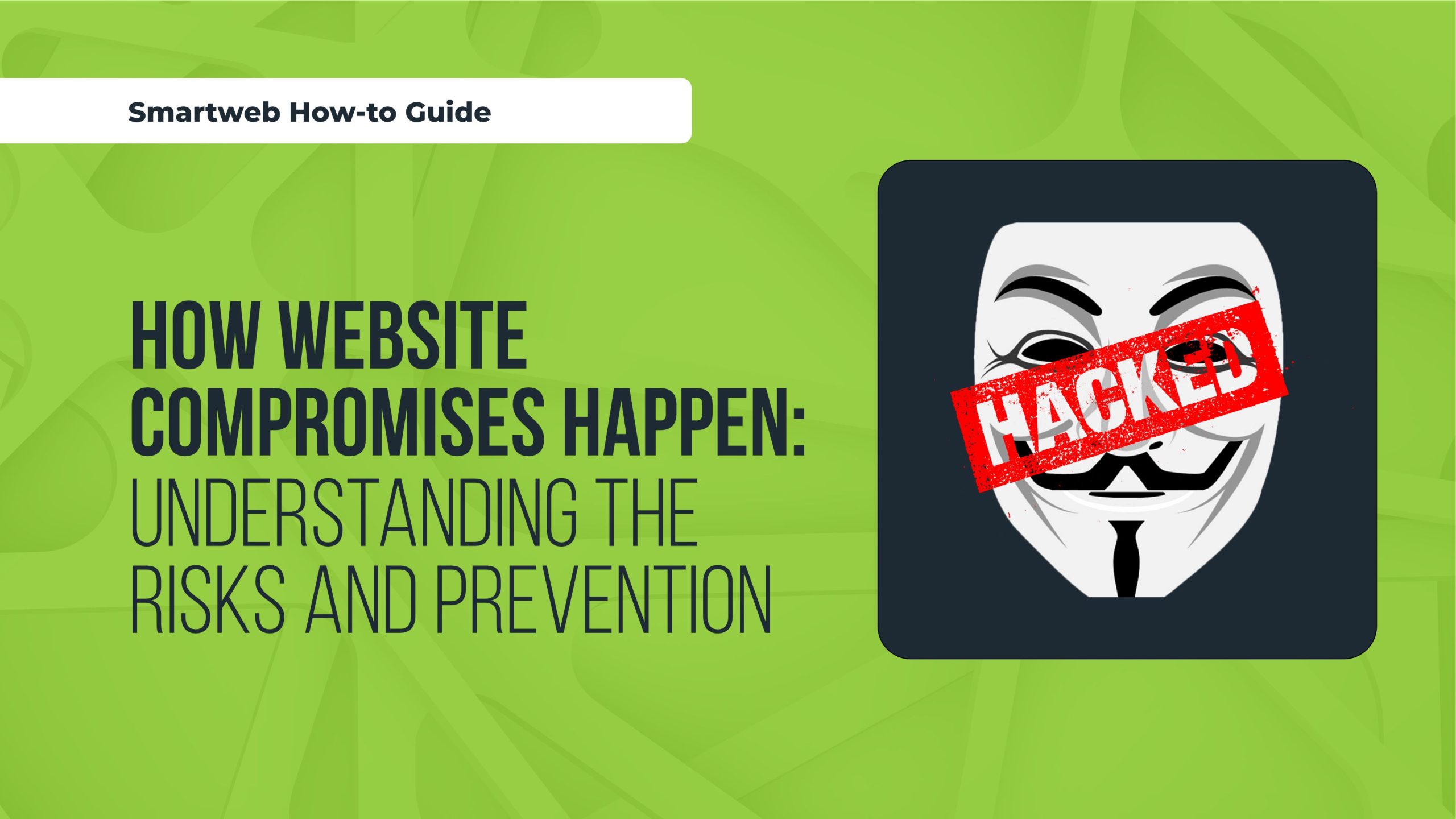
Website compromises are a common and significant threat in the digital age, affecting businesses, governments, and individuals. Understanding how these compromises occur is essential for implementing effective security measures. Here is an in-depth look into the various methods attackers use to compromise websites and how you can protect against them.
Common Methods of Website Compromise
- SQL Injection (SQLi)
SQL injection is a code injection technique that exploits vulnerabilities in a website’s software. When an attacker discovers that a website’s input fields (like forms) do not properly sanitize user inputs, they can inject malicious SQL code. This allows them to manipulate the database, potentially retrieving sensitive data, altering records, or even gaining administrative access.
Prevention:
– Use prepared statements and parameterized queries.
– Employ robust input validation.
– Regularly update database management systems and apply security patches.
- Cross-Site Scripting (XSS)
XSS attacks occur when attackers inject malicious scripts into webpages viewed by other users. These scripts can hijack user sessions, deface websites, or redirect users to malicious sites.
Prevention:
– Sanitize user inputs by escaping special characters.
– Implement Content Security Policy (CSP) to restrict resource loading.
– Validate and encode data before rendering it in the browser.
- Cross-Site Request Forgery (CSRF)
CSRF attacks force authenticated users to execute unwanted actions on a web application in which they are authenticated. This is typically done by tricking the user into clicking a malicious link or loading a malicious website.
Prevention:
– Use anti-CSRF tokens in forms and URLs.
– Ensure that state-changing operations require user re-authentication.
– Implement same-site cookies.
- Remote File Inclusion (RFI) and Local File Inclusion (LFI)
RFI attacks allow attackers to include remote files on a server through a script on the web server. LFI attacks exploit vulnerabilities to include files from the local server. These can lead to code execution or information disclosure.
Prevention:
– Disable the ability to include remote files in the server configuration.
– Validate and sanitize file paths.
– Keep file inclusion to a minimum and within trusted directories.
- Brute Force and Credential Stuffing Attacks
Brute force attacks involve systematically trying many passwords or passphrases until the correct one is found. Credential stuffing uses stolen username-password pairs, often from other breaches, to gain access.
Prevention:
– Implement account lockout mechanisms after repeated failed login attempts.
– Use multi-factor authentication (MFA).
– Encourage users to use strong, unique passwords and consider deploying a password manager.
- Malware and Ransomware
Attackers can inject malicious code (malware) into a website, which then infects visitors. Ransomware encrypts the site’s data, demanding a ransom for the decryption key.
Prevention:
– Regularly update and patch all software.
– Use robust security software to scan and protect against malware.
– Maintain regular, offline backups of all critical data.
- Man-in-the-Middle (MitM) Attacks
In a MitM attack, the attacker secretly intercepts and possibly alters the communication between two parties who believe they are directly communicating with each other. This can lead to data theft and compromised communications.
Prevention:
– Use HTTPS to encrypt web traffic.
– Implement HSTS (HTTP Strict Transport Security).
– Avoid using public Wi-Fi for sensitive transactions without a VPN.
- Denial-of-Service (DoS) and Distributed Denial-of-Service (DDoS) Attacks
DoS and DDoS attacks aim to make a website unavailable by overwhelming it with traffic or resource-heavy requests.
Prevention:
– Use DDoS protection services and web application firewalls (WAF).
– Employ rate limiting and traffic monitoring.
– Implement redundant and scalable infrastructure.
Best Practices for Website Security
Regular Security Audits
Conduct regular security assessments and vulnerability scans to identify and mitigate risks before attackers exploit them.
Secure Coding Practices
Adopt secure coding practices and frameworks that minimize vulnerabilities. Provide regular training for developers on the latest security threats and mitigation techniques.
Keep Software Updated
Ensure that all components of your web application, including third-party plugins and libraries, are kept up to date with the latest security patches.
User Education
Educate users about the importance of security measures, such as recognizing phishing attempts and using strong, unique passwords.
Incident Response Plan
Have a clear and practiced incident response plan in place. This plan should include steps for containment, eradication, recovery, and communication.
Use Security Tools
Utilize tools like Web Application Firewalls (WAFs), Intrusion Detection Systems (IDS), and Content Delivery Networks (CDNs) to add additional layers of security.
By understanding these common methods of website compromise and implementing the necessary preventive measures, you can significantly reduce the risk of a successful attack on your website. Security is an ongoing process that requires vigilance, regular updates, and proactive measures to stay ahead of evolving threats.
